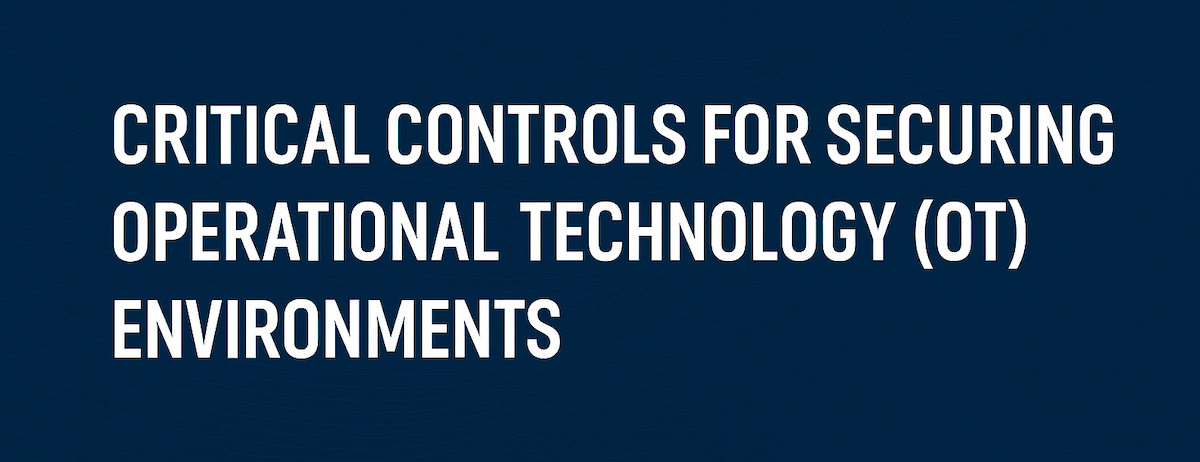
Operational Technology (OT) systems—such as SCADA, DCS, PLCs, and IIoT—are the backbone of critical infrastructure. These systems, designed for stability and uptime, are increasingly in the crosshairs of threat actors. NIST SP 800‑82r3 provides practical, risk-based guidance for protecting these environments while maintaining safety, reliability, and operational continuity.
Below are several critical controls that organizations should prioritise:
1. Network Segmentation and Isolation
One of the most effective defences for OT environments is strict separation from IT networks.
-
Implement multi-layered network architectures where critical OT communications occur on the most secure layers.
-
Enforce separation using DMZs, stateful firewalls, and unidirectional gateways to prevent direct IT–OT traffic.
-
Avoid shared authentication—corporate credentials should not grant OT access.
2. Physical Security Controls
Physical compromise of OT equipment can be as damaging as a cyber intrusion.
-
Protect sites with layered physical barriers: perimeter fencing, secure doors, locks, and guards.
-
Keep PLCs, safety controllers, and cabinets locked, with keys in “Run” mode unless actively being programmed.
-
Secure removable media to prevent the introduction of malicious firmware.
3. Access Management & Least Privilege
Restricting who can access what is essential.
-
Apply role-based access control (RBAC) or attribute-based access control (ABAC) to limit privileges based on function.
-
Use multi-factor authentication for remote access and maintain OT credentials separate from IT accounts.
-
Regularly review access to remove accounts no longer required.
4. Patch and Vulnerability Management
OT systems often operate on legacy components that are difficult to replace.
-
Test and apply security patches in a controlled environment before deployment.
-
Disable unused services and ports to reduce attack surface.
-
Monitor vendor advisories for zero-day vulnerabilities affecting ICS/OT firmware or software.
5. Monitoring, Detection, and Incident Response
Visibility is critical for detecting intrusions before they escalate.
-
Deploy intrusion detection and anomaly monitoring tuned for OT protocols.
-
Monitor failed component alerts, unusual traffic, and resource exhaustion as indicators of compromise.
-
Maintain a cross-functional incident response plan involving IT, engineering, operations, and physical security.
6. Resilience and Recovery
Incidents will happen—preparedness determines impact.
-
Design systems for graceful degradation, shifting from automated to manual control as necessary.
-
Maintain redundant critical components and test failover capabilities.
-
Build and exercise recovery plans to restore operations with minimal downtime.
7. Defence-in-Depth
No single control is sufficient—security requires layers.
-
Combine physical, network, software, and procedural security to create multiple barriers.
-
Continuously adjust defences to evolving threats, rather than relying on static configurations.
Final Thoughts
Securing OT requires a careful balance of safety, uptime, and security—often in environments where patching and upgrades present unique challenges. The NIST SP 800‑82r3 framework offers proven guidance for implementing layered controls, building resilience, and ensuring operational continuity in the face of cyber threats.
Critical Path Security partners with utilities, manufacturers, and critical infrastructure operators to assess risk, implement these controls, and respond to the evolving OT threat landscape.
References
-
NIST Special Publication 800‑82r3: Guide to Operational Technology (OT) Security. National Institute of Standards and Technology, September 2023. Available at: https://doi.org/10.6028/NIST.SP.800-82r3

